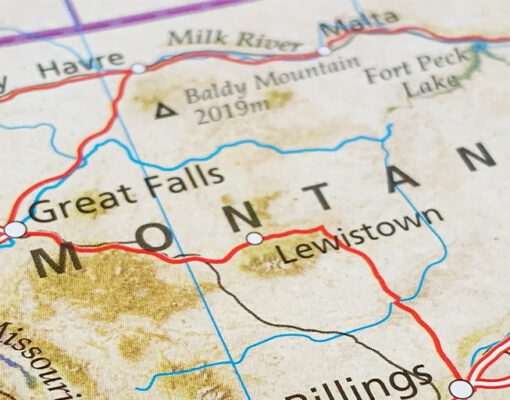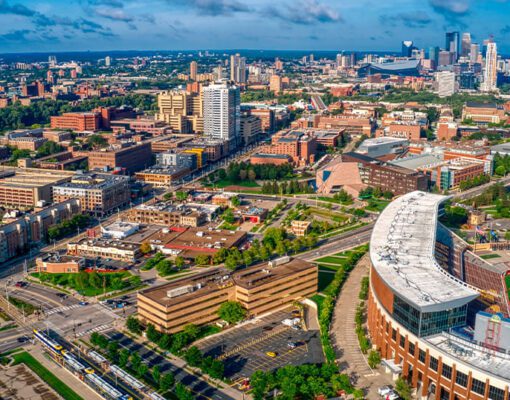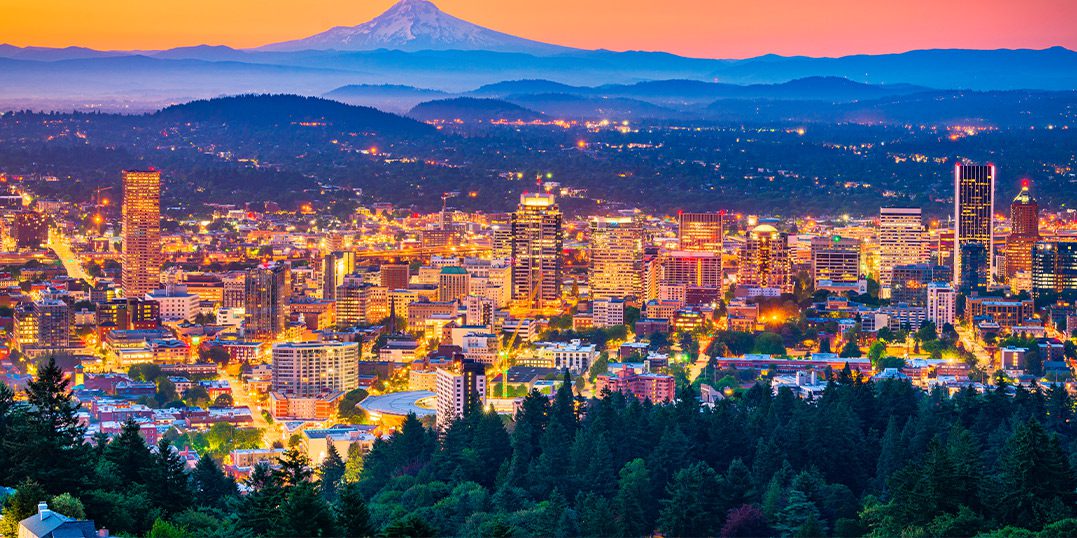
7 Steps to a Smooth Moving from St. Paul to Portland: The Ultimate Guide
April 18, 2025
Relocating from the historic streets of St. Paul to the eclectic neighborhoods of Portland represents more than just a 1,700-mile journey—it’s a lifestyle transformation. In contrast, St. Paul offers a moderate pace with traditional Midwestern values and affordable living, while Portland beckons with its progressive culture, tech opportunities, and distinctive Pacific Northwest charm.
Many Minnesotans are drawn to Portland’s milder climate (goodbye, subzero winters!), robust job market in tech and creative industries, and exceptional outdoor recreation opportunities. The city’s eco-conscious lifestyle, thriving food scene, and proximity to mountains and coast offer compelling reasons to consider.
You must carefully plan and prepare for a cross-country relocation. Each step ensures a smooth transition from selecting reliable movers to adapting to a new cost of living. This guide will walk you through seven essential steps to transform your Portland dreams into reality while minimizing stress.
Comparison: St. Paul vs Portland Climate, Cost of Living, Culture, and Job Market
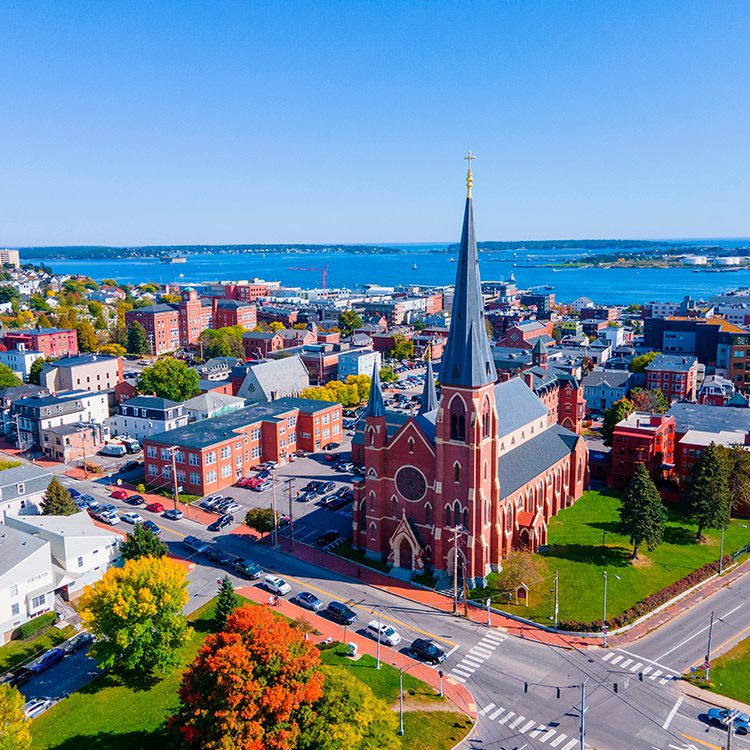
Understanding the key differences between St. Paul and Portland can help you prepare mentally and practically for your move. These cities offer distinct experiences in several important areas that will affect your daily life.
| St. Paul | Portland | ||
| Population (2025) | City: ~615,267 Metro: ~2.27 million | City: ~303,820 Metro: ~3.7 million | |
| Climate | Harsh, snowy winters and humid summers. Requires snow boots and heavy coats. | Mild, wet winters and warm, dry summers. Great for year-round outdoor activities with rain gear. | |
| Cost of Living | More affordable housing with a median home price of $293,500. Median household income: $73,055. | Higher housing costs, median home price: $546,400. Median household income: $88,792. | |
| Local Economy & Industries | Government, education, and healthcare are major sectors | Strong in tech, manufacturing, and green energy | |
| Safety | Generally lower crime rates | Higher than average crime in some neighborhoods | |
| Culture | Historic, diverse atmosphere. Community-oriented events and traditional values. | Progressive and eco-conscious culture. Emphasis on indie arts, sustainability, and outdoor living. | |
| School Ratings by Level | Consistently rated public and private schools. | Mixed ratings; strong alternative and charter schools. | |
7 Steps to a Smooth Move

We suggest seven steps to take to make this transition smooth.
Step 1: Research and plan
A successful 1,700-mile journey from St. Paul to Portland begins with thorough research.
- Research Portland and determine where you’ll fit best. Study aspects that matter to you and the people moving with you, such as the neighborhoods, job market, and lifestyle.
- Create a detailed timeline working backward from your desired arrival date, allowing 8-12 weeks for a cross-country move.
- Research seasonal considerations—Portland’s rainy season (November through March) might affect your moving plans, while St. Paul’s winter conditions could complicate departures between December and February.
- Gather important documents like medical records, school transcripts, and vehicle registrations well in advance.
Step 2: Budget
Moving across the country requires careful financial planning.
- Create a comprehensive budget that includes moving company fees, travel expenses, temporary housing if needed, and set-up costs in Portland.
- Remember that Portland’s cost of living is approximately 25% higher than St. Paul’s, and housing costs are significantly higher.
- Include a 10-15% buffer for unexpected expenses that inevitably arise during long-distance relocations.
A long-distance move from St. Paul to Portland typically costs between $4,000 and $9,000, depending on home size, services required, and timing.
Step 3: Declutter and organize

Moving offers the perfect opportunity to lighten your load.
- Begin sorting your belongings at least 6-8 weeks before moving day, creating “keep,” “sell,” “donate,” and “discard” categories.
- When deciding what to take, consider Portland’s housing differences. The St. Paul homes are often bigger and have more storage space.
- Host a garage sale or list items online to offset moving costs and reduce your inventory.
- Create a detailed inventory with photos of valuable items. This step reduces moving costs and helps you start fresh in Portland with only the items you truly need and love.
Step 4: Hire movers
Selecting the right moving company is crucial for a smooth cross-country relocation.
- Research companies specializing in long-distance travel from St. Paul to the West Coast.
- Obtain at least three detailed estimates based on in-home or virtual assessments of your belongings.
- Verify each company’s credentials by checking their USDOT number, reviews, and Better Business Bureau rating.
- Ask about their experience with St. Paul to Portland routes specifically.
- Choose movers offering comprehensive insurance options, tracking capabilities, and a dedicated move coordinator.
Remember that the lowest quote isn’t always the best value. Consider reputation, services offered, and customer satisfaction when deciding.
Step 5: Pack efficiently
Proper packing prevents damage during your 1,700-mile journey. You will need the following supplies and must collect these in advance:
- Quality boxes
- Bubble wrap
- Packing paper
- Tape
- Markers.
Pack room by room, beginning with items you use least. Label each box clearly with its contents and the destination room in your new Portland home.
Consider a professional packing service that uses specialized materials and techniques for valuable or fragile items like artwork, electronics, or family heirlooms.
If you own specialty items such as pianos, pool tables, or expensive artwork, work with movers who offer custom crating and specialty item handling.
Keep essential documents, medications, and a few days’ worth of clothing in a separate suitcase you’ll transport personally.
Step 6: Set up in Portland
Preparing your new Portland home before arrival streamlines the transition. If possible, secure housing 1-2 months before moving, considering Portland’s diverse neighborhoods like
- Pearl District (urban),
- Sellwood (family-friendly)
- Hawthorne (eclectic).
Arrange utilities, internet, and essential services in advance.
Research Oregon’s specific requirements for vehicle registration, driver’s license exchange, and voter registration. You’ll have 30 days to register your vehicle and obtain an Oregon license.
Familiarize yourself with Portland’s excellent public transportation system (TriMet) and bike-friendly infrastructure, which differs significantly from St. Paul’s more car-centric approach.
Create a map of essential locations near your new home: grocery stores, pharmacies, medical facilities, and parks.
Step 7: Settle in
When you arrive and move into your new home, it is easy to locate the correct room for your well-marked boxes. Take time to settle in and make the space your own. Start by unpacking your marked boxes. Prioritize the essentials like kitchenware, bedding, and bathroom items to create a sense of normalcy quickly.
Organize your belongings and arrange furniture to suit your lifestyle, creating a comfortable environment that reflects your style and routine. As you get situated, incorporate Portland’s unique offerings into your daily life.
Explore local farmers’ markets, coffee shops, hiking trails, and breweries. Join volunteer groups, recreational clubs, or hobby meetups to start building social connections. Get to know the city’s diverse neighborhoods—from the creative Alberta Arts District to the peaceful Forest Park area—and embrace Portland’s outdoor culture, even in the rain.
Don’t forget the practical side of settling in: register with healthcare providers, transfer prescriptions, and locate essential services nearby.
Cultural adjustment takes time, so be kind to yourself. Feeling excited and a bit homesick is natural as you transition from St. Paul’s Midwestern roots to Portland’s laid-back, eco-conscious vibe.
Embrace the change
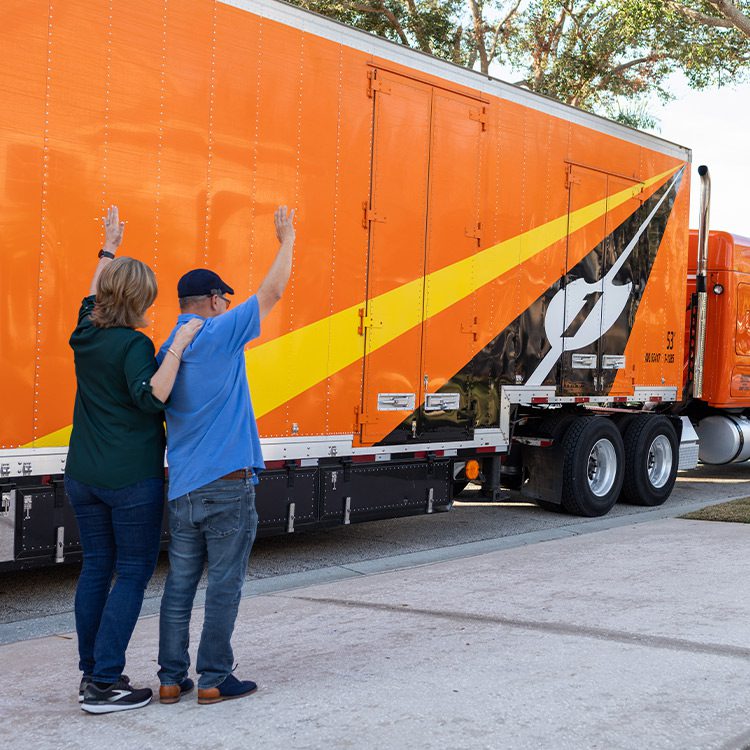
Relocating from St. Paul to Portland offers exciting new possibilities beyond geographical change. The mild Pacific Northwest climate frees you from Minnesota’s harsh winters, while Portland’s thriving job market in tech, green energy, and creative industries presents fresh career opportunities. The city’s laid-back, eco-conscious lifestyle and proximity to stunning natural landscapes, from Mount Hood to the Pacific coastline, provide an outdoor enthusiast’s paradise unavailable in the Midwest.
While any cross-country move comes with challenges, following these seven steps outlined in this guide will help smooth your transition. Remember that planning, budgeting, and working with experienced movers can transform what might seem overwhelming into a manageable adventure.
Rather than viewing your move as merely a logistical challenge, see it as an opportunity for personal growth and new experiences. Your journey from St. Paul to Portland can become the beginning of an exciting new chapter in your life.
Whether you are planning a move from St. Paul to Portland, let Piepho Moving & Storage be your trusted partner in making this transition seamless and stress-free. With over seven decades of experience, we specialize in long-distance relocations, making sure that your belongings are handled with care and expertise. We offer full-service packing, secure storage solutions, and specialty item moving. Our customized services are designed to meet your unique needs. Start your journey with confidence and let us handle the logistics. Get your free, no-obligation quote today and experience a smooth move for the start of a new chapter in your life!


